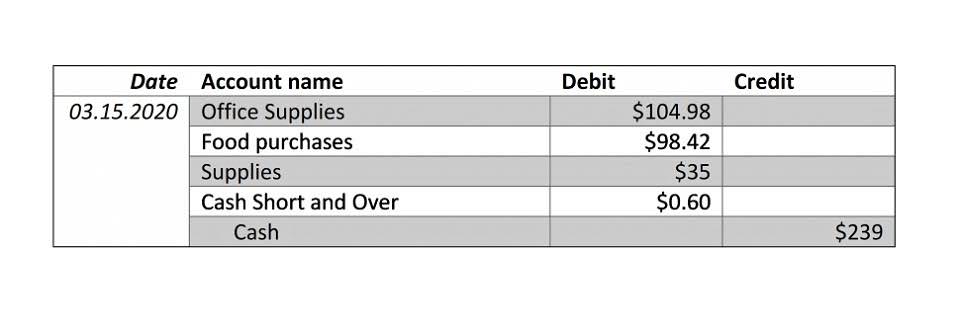
You can use the days sales in the inventory calculator below to quickly calculate the number of days a company needs to sell all its inventory by entering the required numbers. Understanding dsi accounting the DSI metric is crucial for effective inventory management and overall business health. For seasonal businesses, DSI needs a tailored approach to account for fluctuations in demand.
Working closely with manufacturers on case studies and peering deeply into a plethora of manufacturing topics, Mattias always makes sure his writing is insightful and well-informed. On the contrary, a high DSI is a warning, suggesting slower sales, akin to an app struggling to gain users. It could point to overstocking or products not aligning with customer preferences, tying up funds that could be used for innovation or growth.
Distributed inventory management (DIM) explained
Since Microsoft manufactures both hardware and software products, by the end of the fiscal year 2017 the inventory was in different forms. Finished goods were worth $1.95 billion, work in progress was worth $385 million, and raw materials of around $665 million. Assuming that the fiscal year ended in 360 days, determine ABC Limited’s Days of Sales in Inventory.

It is also important to look at other metrics such as the cash conversion cycle, which measures the amount of time a company takes to turn it’s inventory into cash flows from sales. Now we will use the average inventory, COGS, and time we derived from the balance sheet and income statement for Procter & Gamble to calculate the days sales in inventory for the fiscal year 2021. For this reason, average inventory is preferred over ending inventory because it accounts for seasonal sales during the measurement period. Please note that DSI can also be calculated by dividing the number of days (365) by the inventory turnover ratio (COGS divided by average inventory).
Nintendo DSi
It’s akin to having high-speed internet in a digital landscape — absolutely essential to stay competitive. A company could post financial results that indicate low days in inventory, but only because it has sold off a large amount of inventory at a discount, or has written off some inventory as obsolete. An indicator of these actions is when profits decline at the same time that the number of days sales in inventory declines. Ford (F), with a beginning inventory of $10.79B and an ending inventory of $10.81B, had an average inventory of $10.80B. Therefore, by dividing the average inventory of $10.80B by the total cost of goods sold (COGS) of $114.43B, and multiplying by 365, Ford’s DSI equals 34.45 days.

For investors, DSI allows them to gain greater insight into the performance of a business. The next figure you need to calculate is COGS, which is a metric that relates to the direct costs of a product that a business sells. This includes the cost of the materials to manufacture the item – or for a retailer, it will be the cost of purchase from a wholesaler.
Example of DSI
Knowing these details will help gain insights into how efficiently inventory is moving. This can make a big difference in understanding storage and maintenance expenses when it comes to holding inventory. Management is also interested in the company’s days sales in inventory to determine how fast inventory moves, which is important when taking storage and maintenance expenses of holding inventory into account. The last part, using days payable outstanding, measures the amount of time it takes for the company to pay off its suppliers. Therefore, the cash conversion cycle is a cycle where the company purchases inventory, sells the inventory on credit, and collects the accounts receivable and turns them into cash. Days sales of inventory is a calculation used to measure the average number of days it takes a company to sell its inventory.

